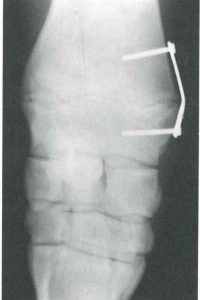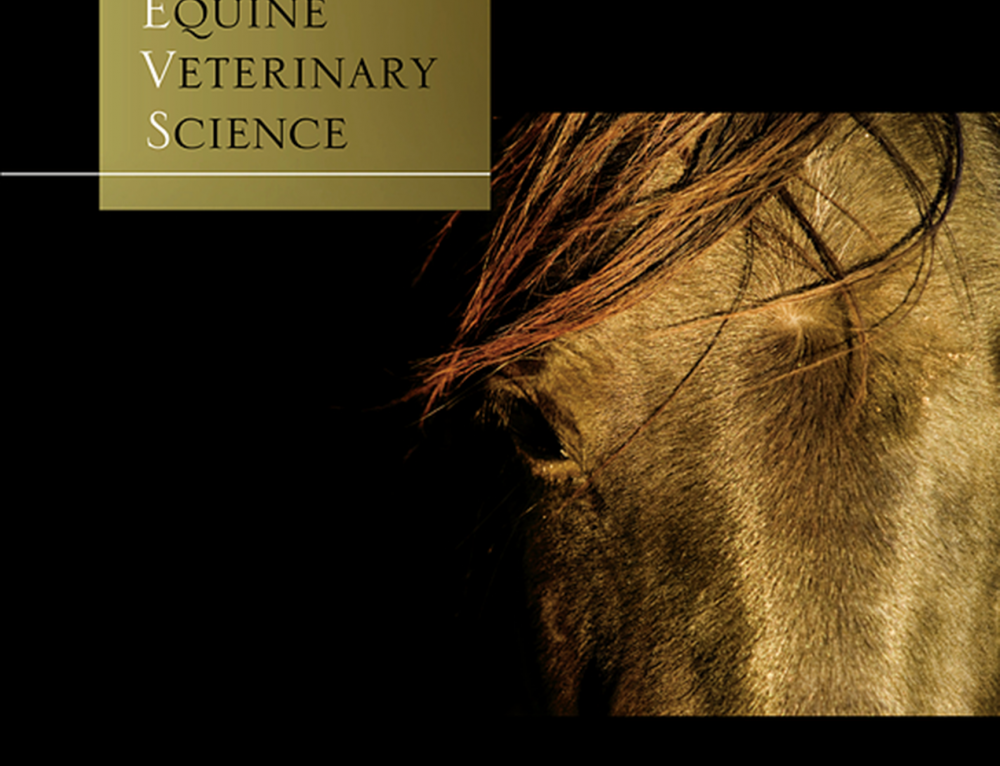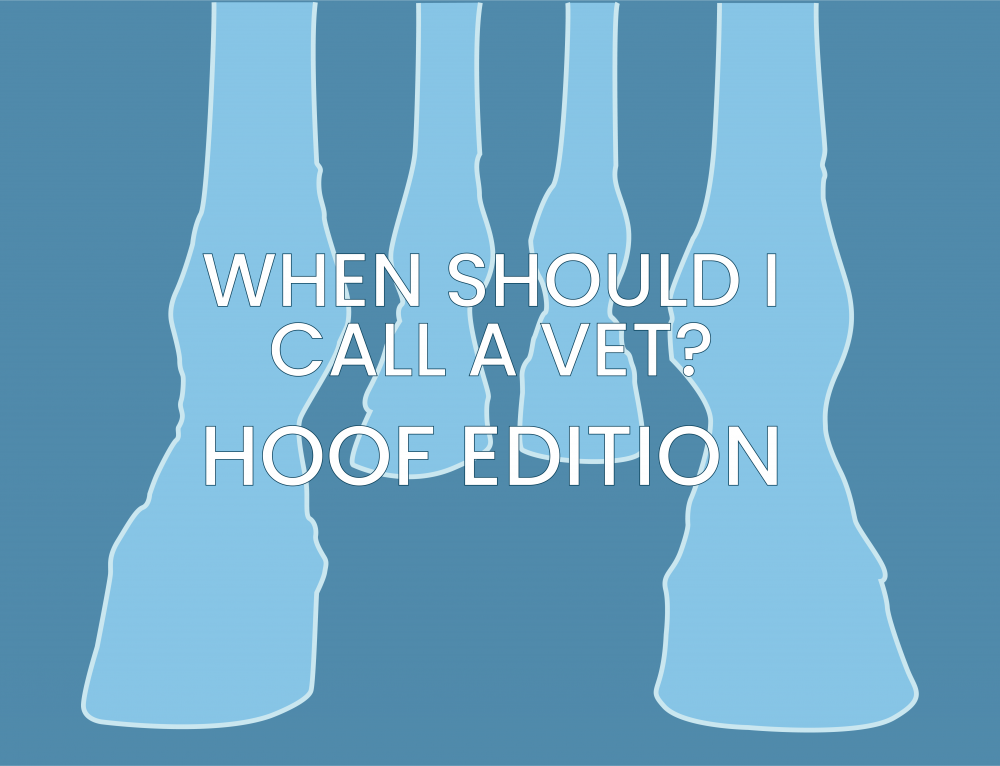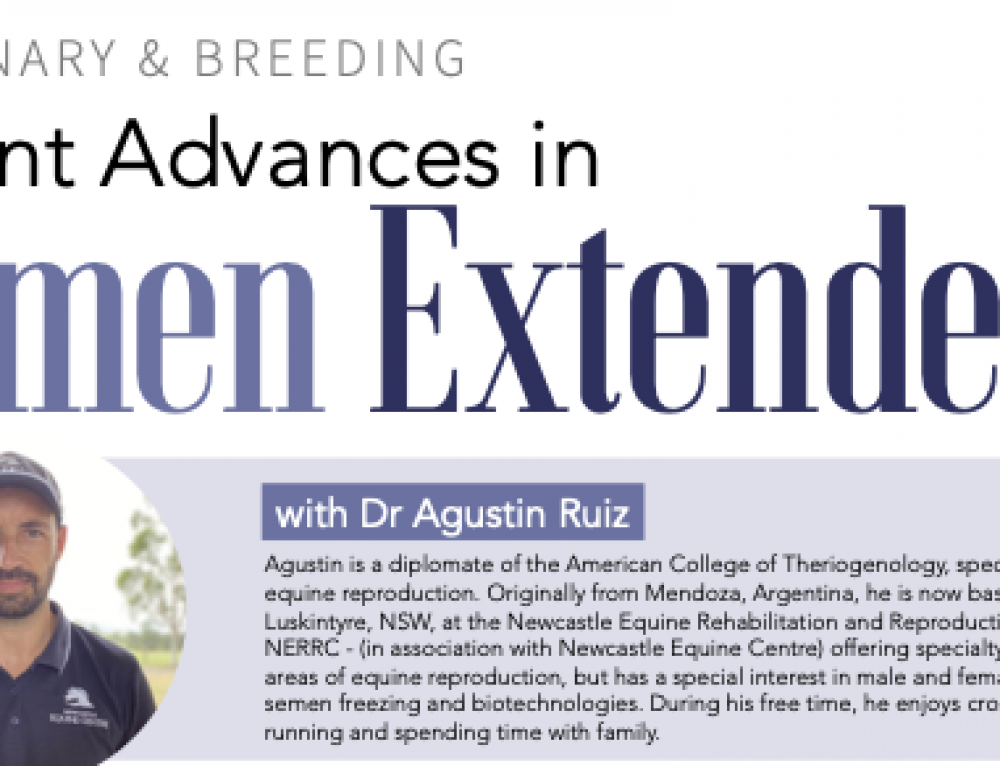BY Dr. Paddy Todhunter
Specialist Equine Surgeon.

What is normal conformation and what are we looking at in assessing conformation?
Conformation is essentially how the legs of a horse are put together and the alignment of the legs. It plays an important role in a horse’s soundness and athletic ability.
To assess a foals conformation, we need to look at the horse from in front, from behind and from the side. Good conformation includes slight valgus in the knees (bent out below the knees when viewing from in front), straight through the fetlock and the foot. Slight rotation of the limb outwards to facing straight forward is within normal limits. From the side we want to see the horse straight through the knee. Abnormalities can be both angular (from in front or behind) or flexural (from the side).

Is conformation important in my horse?
Problematic conformational faults can be managed with care if they are low grade, but if more obvious or serious in grade they can cause lameness. Such issues include obvious pigeon toes or varus deformity of the fetlocks/lower limb, bowing in the knees or varus knees and more severe forms of valgus (bent out below) in the knees and hocks. With abnormal conformation if we delay strenuous exercise until after two years of age we can much improve prognosis for soundness.
What do I look for in my new born foal?
A new born foal is very lax and weak and very gangly legged. The angles from in front or behind or from the side will be usually more extreme than you are used to seeing in an adult but if they appear very obviously wrong then confinement to a box for 7-14 days will usually solve most problems as a lot of strength is gained in the first 2 weeks of life. If you are unsure we would be happy to advise you on your foal’s conformation and what to do in the initial stages.
Does the conformation at 2 weeks change again?
You bet it does! Keep a close eye on your foal as things can change week by week for the firs 6 weeks then month by month until about a year old. Conformation can change at any time over first 12 months of life.
The growth plates (where the bone grows from) in the lower limb are active up to 6 months of age but most growth potential of the cannon bone is in the first 3 months. Growth from the radius (just above the knee/carpus) or tibia (just above the hock) is over 12 months and most in the first 8 months of age.
What can we do if the conformation does not look right?
Early conformational issues can be treated with confinement to a box or small yard for 1-2 weeks, but make sure to contact us for the right course of action.
What if things don’t improve over the first 2 days or my foal cant stand up for long due to conformational issues?
Please contact us so we can help. We may recommend support shoes, trimming of the feet (as the foal ages), bandaging/splinting, muscle relaxants.


After 2 weeks we may advise surgery to correct the deformity – periosteal strips to stimulate growth (from 10 days old to 6 weeks for fetlocks and to 3 months for knees). For more serious cases and in older foals we recommend bridging of the growth plate to stop growth on the side the bridge is placed.


Continued corrective trimming and/or shoeing is important to maintain adequate conformation for soundness- remember a good farrier is your friend. And don’t let your foal or weanling get overweight in the first 2 months of life as this can cause growth abnormalities and a negative effect on conformation.
Remember, most problems can be fixed or at least improved sufficiently to achieve a sound athlete, especially if intervention is done early enough. For more information or a consultation, give us a ring on (02) 4927 6135.






